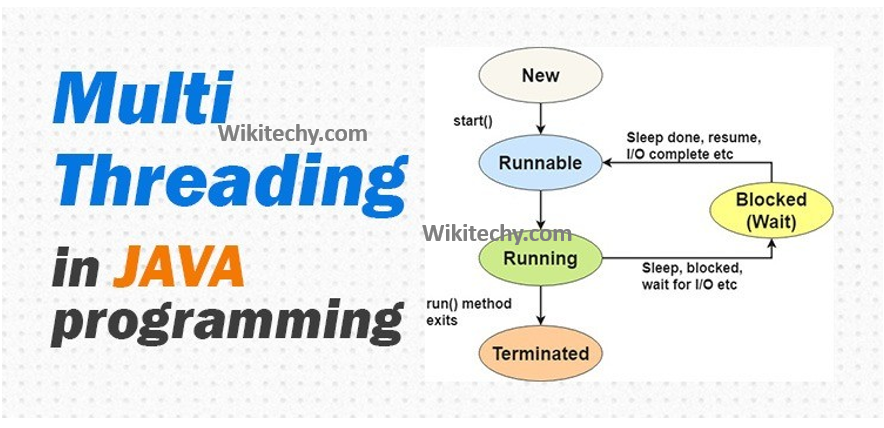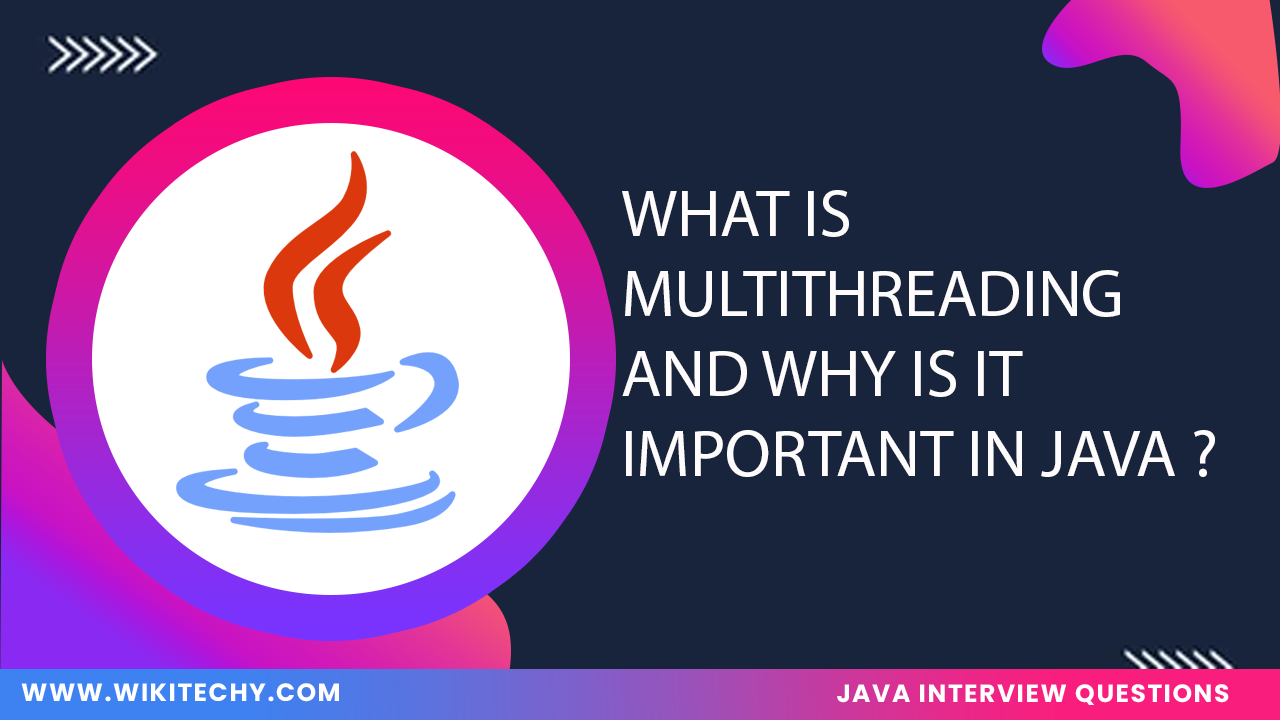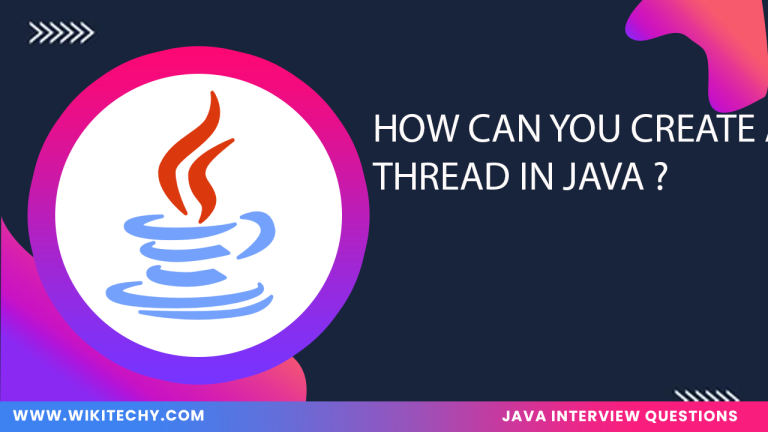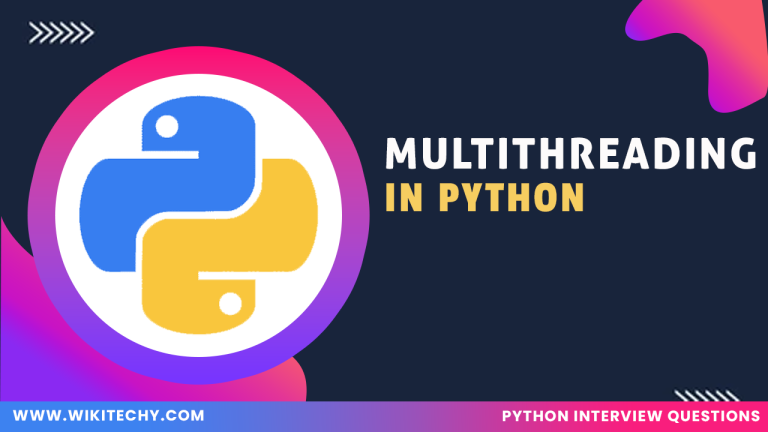Definition
- Multithreading is a programming technique in which multiple threads are created within a single process, allowing concurrent execution of tasks. In Java, threads represent separate paths of execution that can run independently but share the same process resources (such as memory). This allows Java applications to perform multiple operations simultaneously, enhancing efficiency and responsiveness.
- Java provides robust support for multithreading through the lang.Thread class and the java.util.concurrent package, enabling developers to implement multithreaded applications more easily.

Example
Output
Features of Multithreading in Java
- Java threads enable concurrent execution, allowing multiple tasks to run simultaneously, improving overall application performance.
- Threads within the same process share memory and resources, which is efficient but also requires synchronization for thread safety.
- Threads are less resource-intensive than processes because they share the same memory space and resources.
- Java’s java.lang.Thread class and java.util.concurrent package offer built-in support and utilities for creating, managing, and synchronizing threads.
Advantages of Multithreading in Java
- By allowing multiple thread to execute tasks concurrently, multithreading can significantly speed up execution, especially in CPU-bound or I/O-bound tasks.
- Multithreading makes applications more responsive by allowing tasks (such as handling user input or loading data) to run in the background without freezing the application.
- Since threads share memory, they make better use of system resources than processes, reducing overhead and improving memory efficiency.
- Multithreading enables asynchronous programming, where certain tasks can be completed independently, freeing up resources for other processes.
- Multithreading can improve the overall experience of applications (especially GUIs) by reducing wait times and enabling background processing, such as loading data or processing user requests without lag.





